We have compiled a strange but wonderful list of the top 10 Highest Jumping Animals.
Have you ever stopped to marvel at the astounding athleticism of the animal kingdom? From the tiniest insects to the mightiest mammals, every creature on our planet has evolved unique talents to help them thrive in their respective environments.
Within this diverse world of animal abilities, you’ll discover nature’s own star athletes. Some of these extraordinary beings possess superhuman physical strength, enabling them to perform feats that would leave even the most accomplished human athletes in awe. Meanwhile, there are those whose remarkable gift lies in their ability to leap to astonishing heights, defying the very laws of gravity and showcasing the incredible diversity of life on Earth.

Read the entire article or jump to any section.
Key Points
| Animal | Jumping Ability | Interesting Facts |
|---|---|---|
| 1. Flea | Up to 8 inches | – Can jump up to 200 times their body length. – Females lay up to 50 eggs daily. |
| 2. Jumping Spider | Up to 6.3 inches | – Stalks and pounces on prey instead of using webs. – Can jump up to 10-50 times their body length. |
| 3. Froghopper | Up to 100 times their body length | – Adult froghoppers can jump up to 28 inches. – Known for their plant-sucking nymphs. |
| 4. Kangaroo Rat | Up to 9 feet (2.75 meters) | – Evolves to walk on two legs with powerful hind legs. – Helps evade numerous predators. |
| 5. Grasshopper | Up to 30 inches | – One of the oldest groups of chewing herbivorous insects. – Dates back 250 million years. |
| 6. Klipspringer | 25-foot vertical jump | – Hooves absorb impact during tremendous leaps. – Found in African mountain ranges. |
| 7. Bharal | Exceptional leapers in high Himalayas | – Native to several Asian countries. – Also known as the blue sheep. |
| 8. Red Kangaroo | Up to 6 feet high and 25 feet in a single leap | – Primary mode of locomotion is hopping. – Males can leap up to 30 feet in length. |
| 9. Hare | Can reach speeds of 45 mph | – Fastest land animal in the UK. – Can jump sideways and backward over hedges. |
| 10. Tree Frogs | Leap using adhesive disks | – The world’s most giant tree frog is the white-lipped tree frog. – Tiniest tree frogs are less than an inch long. |
#1 Flea
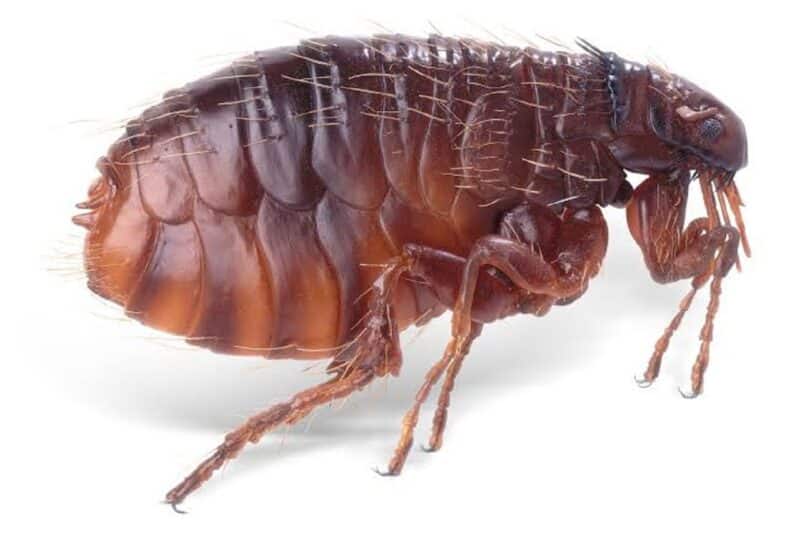
Fascinatingly, a flea can propel itself forward, leaping approximately eight inches. It is theorized that fleas achieve this airborne movement by utilizing an elastic pad made of a protein known as resilin, which functions similarly to a spring.
Here are some interesting facts about one of the highest jumping animals the flea has a flexible lifespan. This life cycle, while attractive, makes fleas extremely difficult to eradicate. Treating your pet for fleas isn’t enough during a flea infestation.
Fleas may go for extended periods without eating; a female flea can lay up to 50 eggs daily. Fleas can jump up to 200 times their body length, 25 centimeters or 10 inches.
#2 Jumping spider

Spiders that jump can live up to their name. These spiders don’t hunt by entangling their victim in a web; instead, they stalk and pounce at their target. Despite their small size, jumping spiders may leap up to 6.3 inches (160 mm).
Before leaping, spiders often spin a small amount of silk and set a thread-like “anchor,” which may help steady their flight and protect them if their landing is wrong. They can jump up to 10-50 times their body length.
#3 Froghopper
Froghoppers, a type of bug, can leap 100 times their body length. These creatures have bow-like features that function as catapults.
An adult froghopper can jump up to 28 inches and has a body length of less than half an inch. Adults can jump many times their height and length, earning the species its common name, but they are better known for their plant-sucking nymphs that wrap themselves in foam in the spring.
#4 Kangaroo Rat
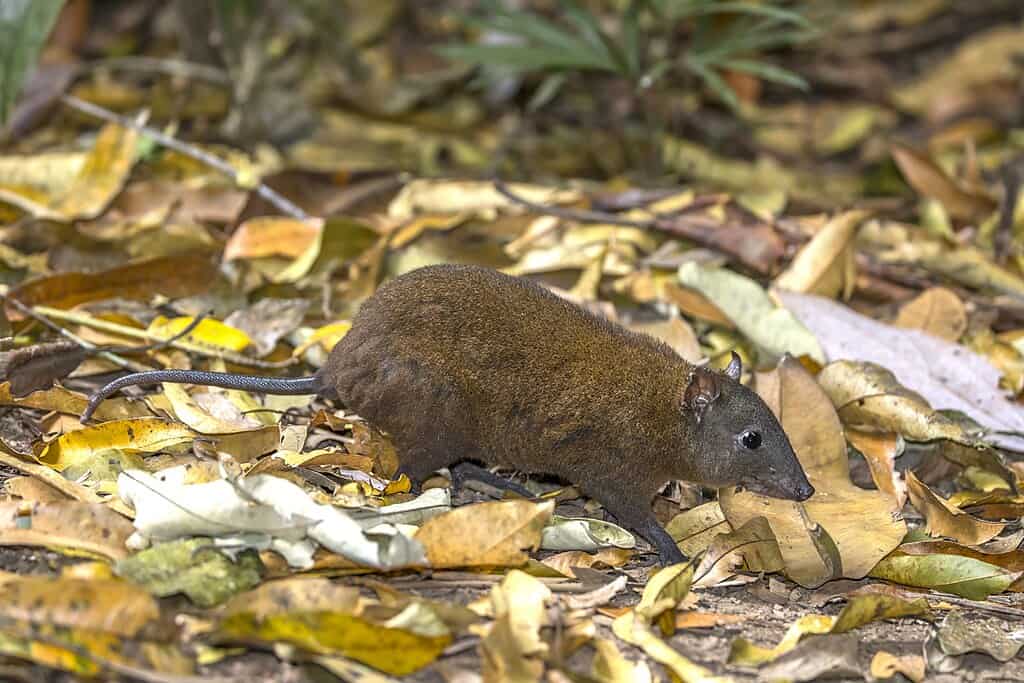
The Kangaroo rat is neither a rat nor a mouse, despite its name and mouse-like appearance. The Kangaroo rat belongs to the Heteromyidae family, and the pocket gopher is its closest relative. Kangaroo rats have long tails and four toes on their rear feet.
Kangaroo rats have evolved to walk on two legs, having massive, powerful hind legs and oversized feet.
They can leap up to 9 feet (2.75 meters) in a single bound, which is helpful for evading predators like Owls, snakes, bobcats, foxes, badgers, coyotes, ringtails, and your cat or dog, to name a few.
You can read more about how this adaptation has helped the kangaroo rat by reading our article on how a kangaroo rat dodges a rattlesnake!
#5 Grasshopper
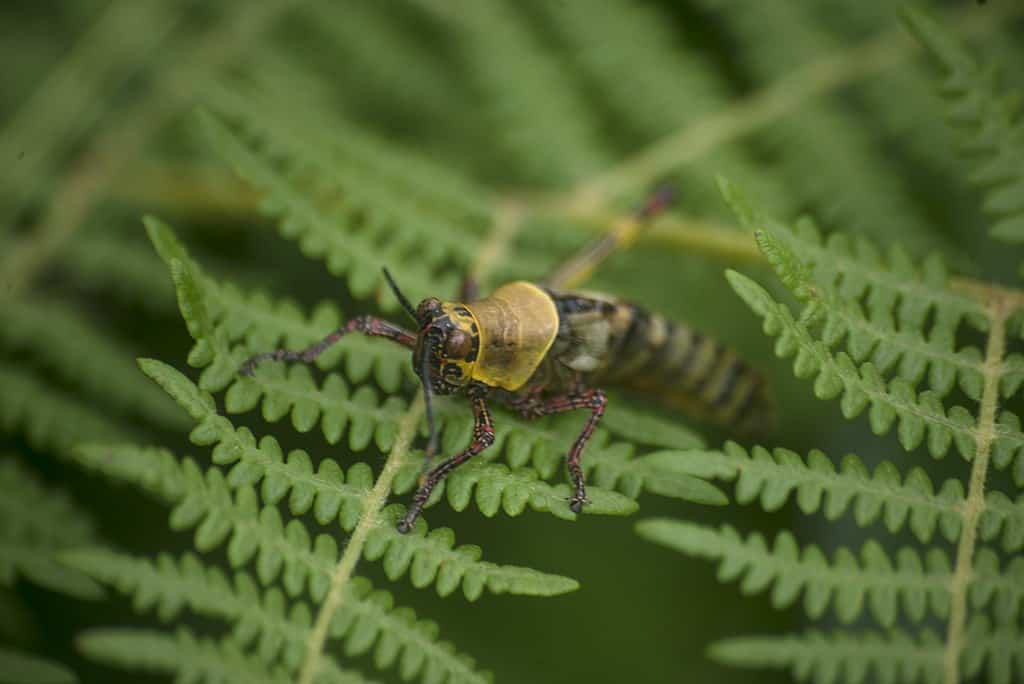
Grasshoppers use their jumping abilities to propel themselves into the air, but most are strong fliers using their wings to avoid predators.
A grasshopper can leap 30 inches in the air. Did you know that this animal on the highest jumping animals list is of the oldest living group of chewing herbivorous insects, going back to the early Triassic period roughly 250 million years ago?
#6 Klipspringer
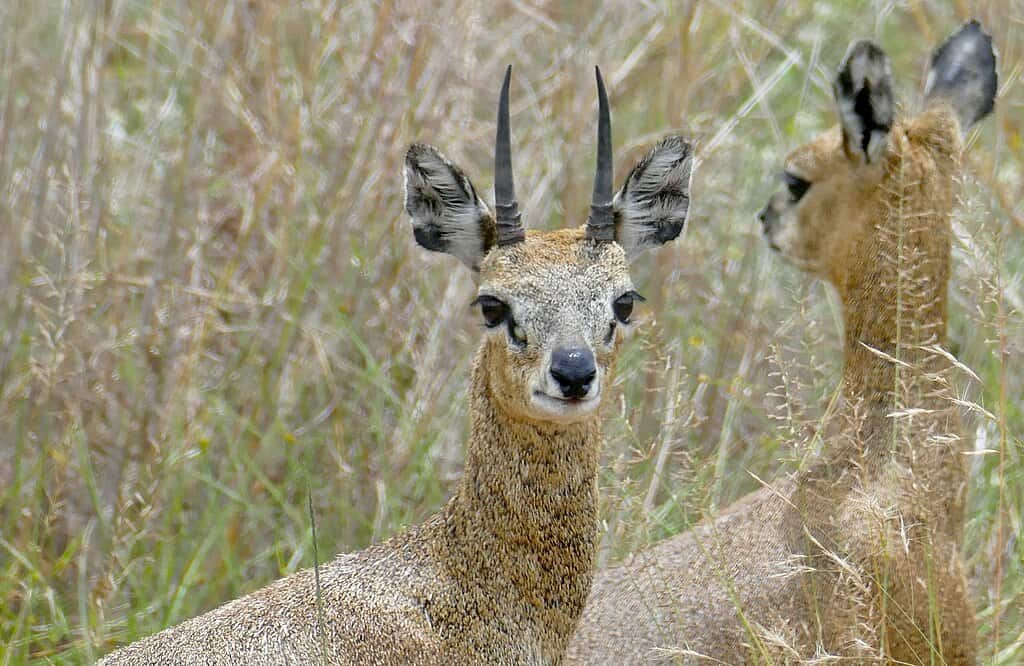
The klipspringer is a type of African antelope named “rock jumping” in Dutch, and even with its unique talent it is also on our list of top 10 cutest animals!
Klipspringers have a 25-foot vertical jump. Klipspringers have hoofs that are uniquely adapted to their rocky habitat. Like ballerinas on tip-toe, they stand, walk, leap, and land on their tiny hoof tips.
Their hooves are like firm rubber and absorb the impact of their tremendous leaps. Klipspringers live throughout eastern African mountain ranges from the Red Sea Hills to the Cape and north to Angola, along coastal ranges and river gorges. Their distribution is centered in Ethiopia’s highlands.
#7 Bharal
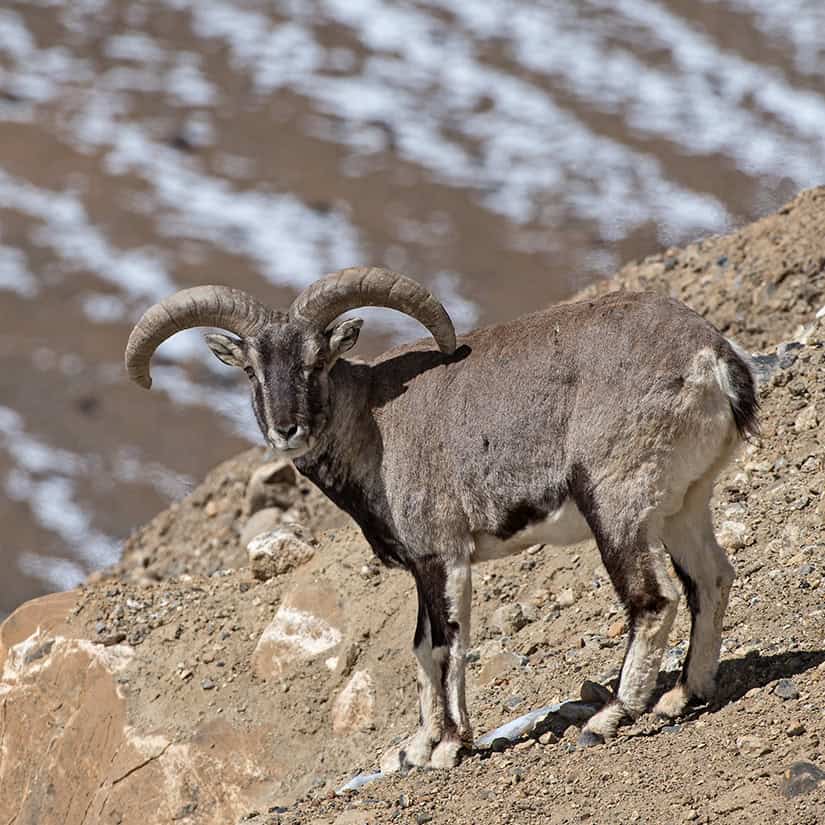
The bharal, also known as the blue sheep, is a caprine ( relative to the goat) native to the high Himalayas and occurs in India, Bhutan, China, Myanmar, Nepal, and Pakistan.
#8 Red Kangaroo

A red kangaroo can run at speeds of up to 35 mph. Their bounding pace allows them to jump 6 feet high and cover 25 feet in a single leap. Male and female red kangaroos are smaller, lighter, and quicker. It is the only big mammal whose primary mode of locomotion is hopping.
A male kangaroo can leap up to 30 feet in length and up to 10 feet in height. It has a top speed of 40 miles per hour (60 km).
#9 Hare

Hares live in open land above ground, hiding in the long grass to avoid predators, but once disturbed, they rely on outrunning their foes.
They can reach 45 miles per hour, making them the fastest land animal in the United Kingdom. Hares can also escape by jumping sideways and backward over hedges.
#10 Tree frogs

Tree frogs leap from branch to branch or leaf to leaf using adhesive disks on the ends of their fingers and toes. Although tree frogs can grow rather large, most arboreal species are pretty small due to their need for leaves and delicate branches to support their weight.
The white-lipped tree frog (Litoria infrafrenata) of Australia and Oceania is the world’s most giant tree frog, measuring 4 to 5.5 inches (10 to 14 centimeters). The non-native Cuban tree frog is the largest in the United States, measuring 1.5 to 5 inches (3.8 to 12.7 cm). The tiniest tree frogs on the planet are less than an inch (2.5 cm) long!
Summary on Highest Jumping Animals
Did you enjoy our list of the top 10 jumping animals in the world?
Did any of these animals surprise you? Let us know which ones, and look at our fantastic wildlife feature blogs about the most foolish and friendliest animals.
Thank you for reading the Highest Jumping Animals.
Join our Forum for free today!

- These are The 5 Largest Great White Sharks Ever Recorded - July 19, 2024
- The Surprising Benefits of Big Game Hunting - July 18, 2024
- $100k+ Hunting Experiences The Most Expensive Animals to Pursue - July 17, 2024



